
of an infected individual.

Information about MCV at the molecular level has been hampered by the inability to grow the virus in standard cell culture or in an animal model of infection. While there are reports of some success in growth using human foreskin xenograft fragments, a major advance in understanding the biology
of the virus came when the entire 1 90,000 base pair genome of the MCV was sequenced.
infection.

predominates and represents 90 percent of cases in the United States. A population-based Australian seroepidemiology study in 357 people revealed an overall seropositivity rate of 23 percent . The data also indicated that very mild or subclinical cases may be more common in the general community than previously suspected.
It is estimated that fewer than 5 percent of children in the United States have clinical evidence of MCV infection. The number of cases in adults has varied over time. In the 1980s, the number of molluscum contagiosum cases increased, apparently as a result of the AIDS epidemic; however,
since the introduction of potent antiretroviral therapy (ART), the number of molluscum contagiosum cases in AIDS patients has decreased substantially.
RISK FACTORS
Although it has been proposed that atopic dermatitis is a risk factor for molluscum contagiosum, data conflict on the relationship between these diseases. An increased risk is suggested by studies that report prevalence rates for atopic dermatitis between 18 and 45 percent among patients with molluscum contagiosum, rates that exceed the estimated prevalence of atopic
dermatitis in the general pediatric population (10 to 20 percent) .
A nursery school-based study of over 1100 children in Japan did not find a statistically significant association between a history of molluscum contagiosum and a history of atopic dermatitis (odds ratio 1 .64, 95% CI 1 .00-2.68) . Thus, the relationship between atopic dermatitis and molluscum contagiosum remains uncertain.

CLINICAL FEATURES
Molluscum contagiosum may appear anywhere on the body except the palms and soles. The most common areas of involvement include the trunk, axillae, antecubital and popliteal fossae, and crural folds. Lesions on the eyelid can cause conjunctivitis. Oral mucosal involvement is rare. Sexually transmitted molluscum contagiosum typically involves the groin, genitals, proximal thighs, and lower abdomen. In HIV-infected and other immunocompromised patients,
lesions can be large (aka giant molluscum) and widespread.
Ozone’s antiviral actions
- The denaturation of virions through direct ozone contact. Ozone, via this mechanism, disrupts viral envelope lipids and lipoproteins. Lipid bonds are reconfigured, fragmenting the viral envelope. At doses administered in hematogenous ozone therapy, research will need to gauge the relative contribution of this direct mechanism.
- Ozone may directly alter structures jutting from the viral envelope that enable attachment to host cells. Peplomers, the viral glycoproteins protuberances that bind to host cell receptors are likely sites of ozone action. Peplomer alteration impairs docking to host cell membranes, foiling viral penetration.
- Introduction of ozone in blood induces the formation of circulating serum lipid and protein peroxides. While these peroxides are not demonstrably toxic to the host in quantities generated by ozone therapy, they nevertheless possess oxidizing properties of their own that persist in the bloodstream from seconds to several hours. Peroxides created by ozone administration may serve to further reduce viral load via the above mechanisms, and via the engagement of immune factors.
- Immunological effects of ozone have been reported. Cellular and humoral systems have been studied. Cytokines (e.g., interferons, interleukins, colony stimulating factors, tumor necrosis factors) are intercellular signaling molecules manufactured by several types of cells that regulate the functions of other cells. Mostly released by leucocytes, they are important in mobilizing immune response. Ozone, via unknown mechanisms, has been found to induce the release of cytokines (Bocci 2005). Cellular (e.g., natural (NK) killer cells) activation has been reported as well (Larini 2001). Ozone is reported to be an immuno-stimulant in low doses and immuno-inhibitory at higher levels (Werkmeister 1985, Varro 1974, Zabel 1960, Bocci 2000).
- Ozone’s modification of virion architecture may leave some virions structurally intact yet sufficiently dysfunctional so as to be nonpathogenic. This attenuation of viral functionality, through alterations of the viral envelope and possibly the viral genome itself, may soften or nullify virulence. The creation of dysfunctional circulating viruses by ozone could offer unique therapeutic possibilities. In view of the fact that so many mutational viral variants exist in any one afflicted individual (e.g., hepatitis C, HIV), the creation of an antigenic spectrum of crippled or fragmented virions could function as a host-specific autovaccine.
- An exciting research direction suggests that the virucidal – and bactericidal - properties of antibodies are predicated upon their ability to catalyse highly active forms of oxygen, including ozone (Marx 2002; Wentworth 2002). In this model, activated neutrophils are capable of generating singlet oxygen, a most potent oxidant. Singlet oxygen paired with oxygen forms ozone, and with water yields the hydroxyl radical (OH), and hydrogen peroxide. Ozone and hydrogen peroxide combine to form peroxone, another highly active pathogen destroyer. Endogenously created oxygen reactive species, including ozone, thus become fundamental immunological agents for pathogen inactivation. Could exogenously administered ozone augment the antimicrobial functions of leucocytes?
- Periodic oxidative challenges such as practiced in ozone hemotherapy may jolt the network of immune systems, and anti-oxidant systems, to upregulate their general reactivity. For any immune system riposte to happen, however, there must be the presence of a modicum of immune functionality. In end stage HIV and hepatitis C infections, for example, where the immune system is all but moribund, immune reactivity may have become exhausted. In these situations, any attempt at immune stimulation, including ozone administration, ay be all but futile, a fact which makes the use of early ozone interventions clinically prescient.

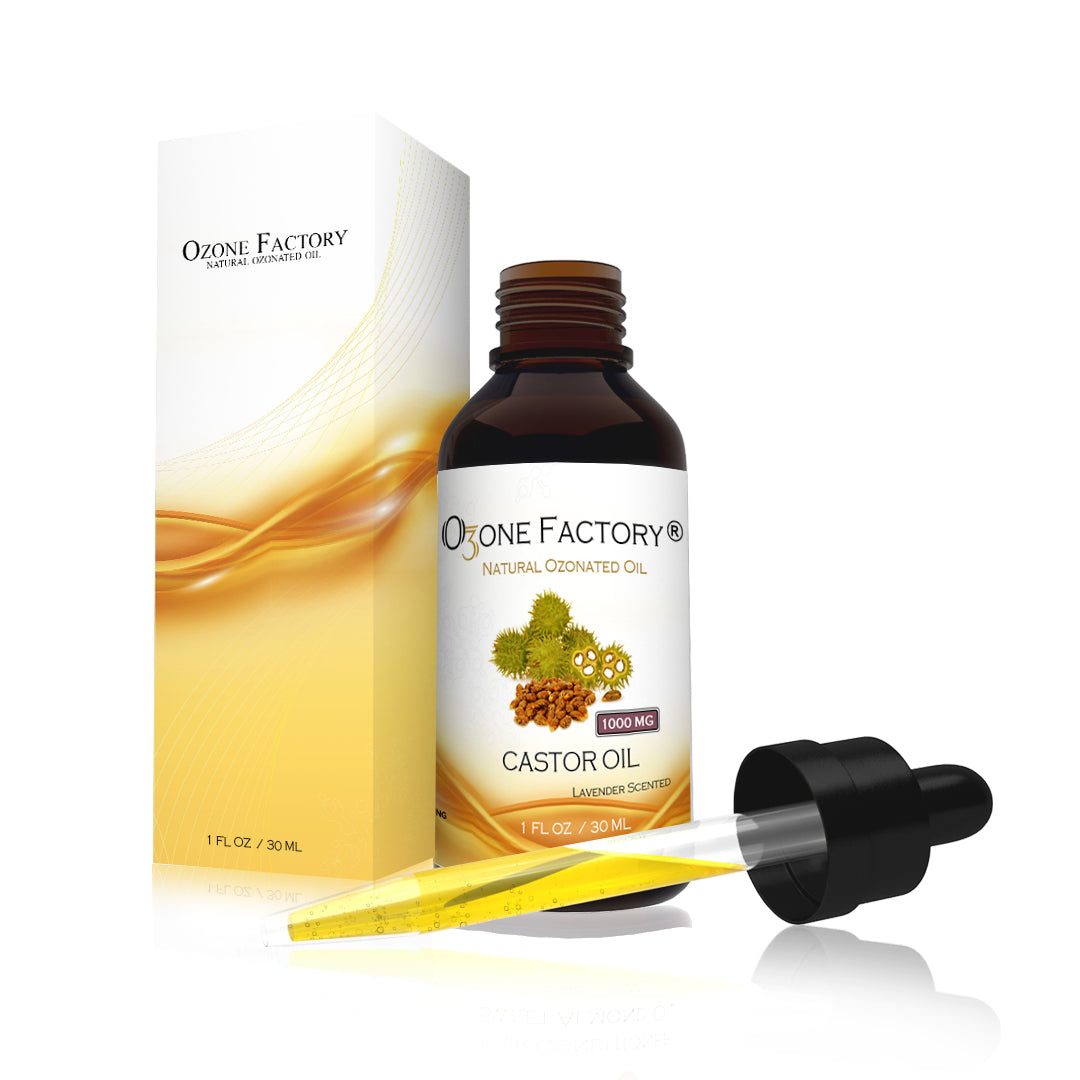
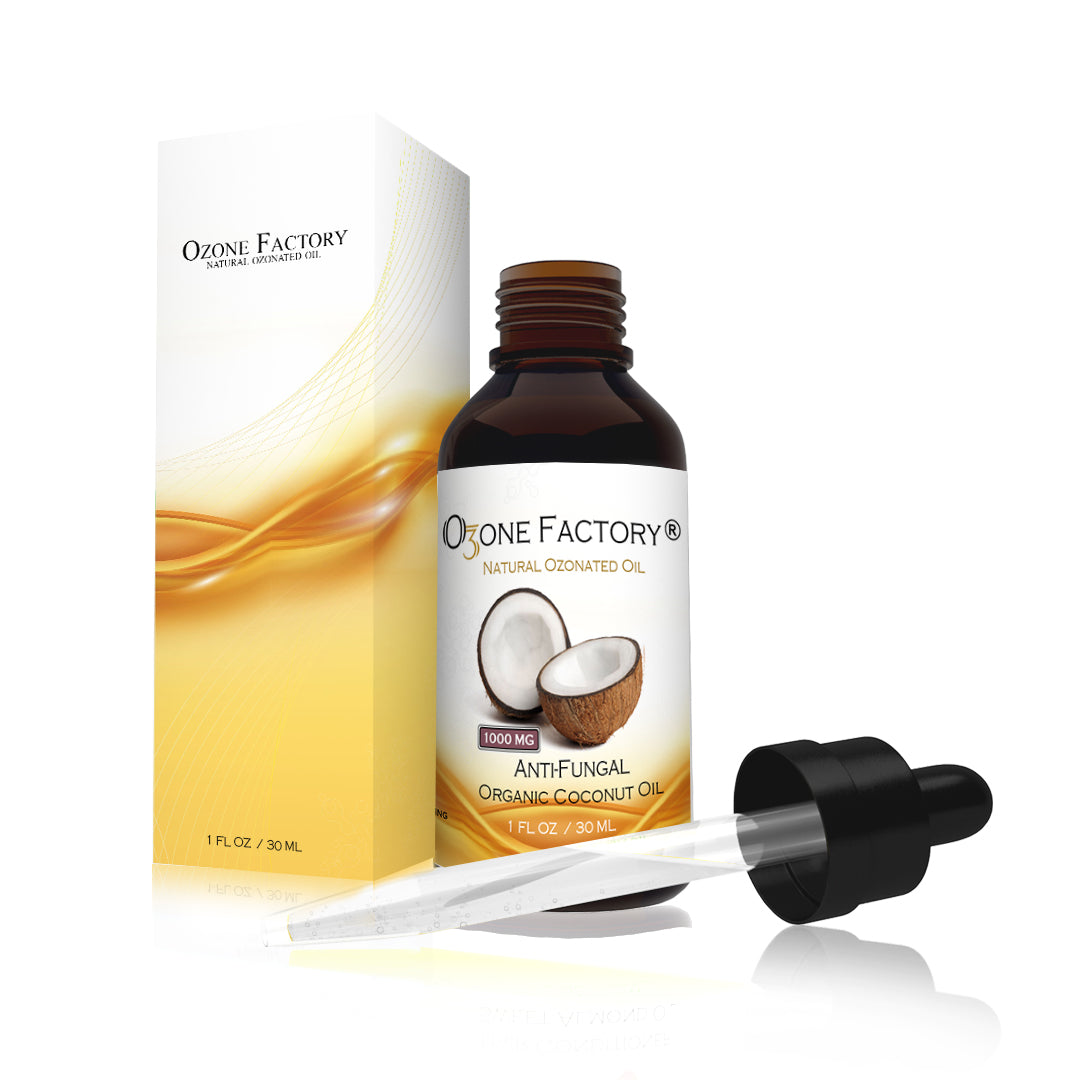

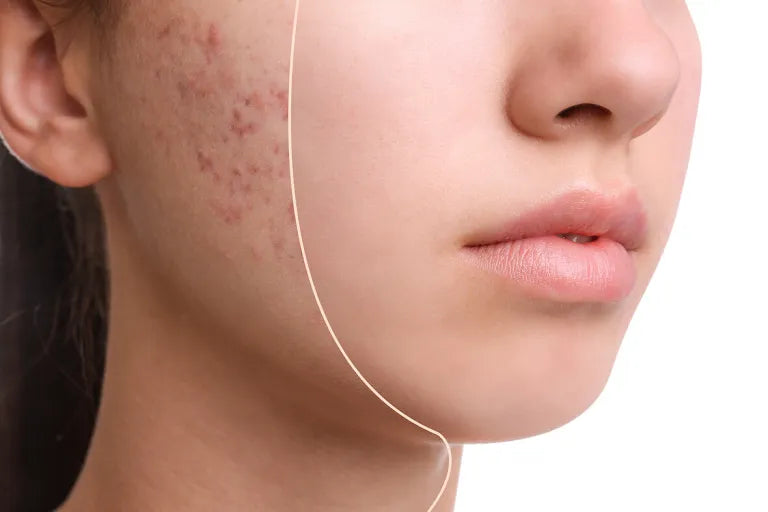
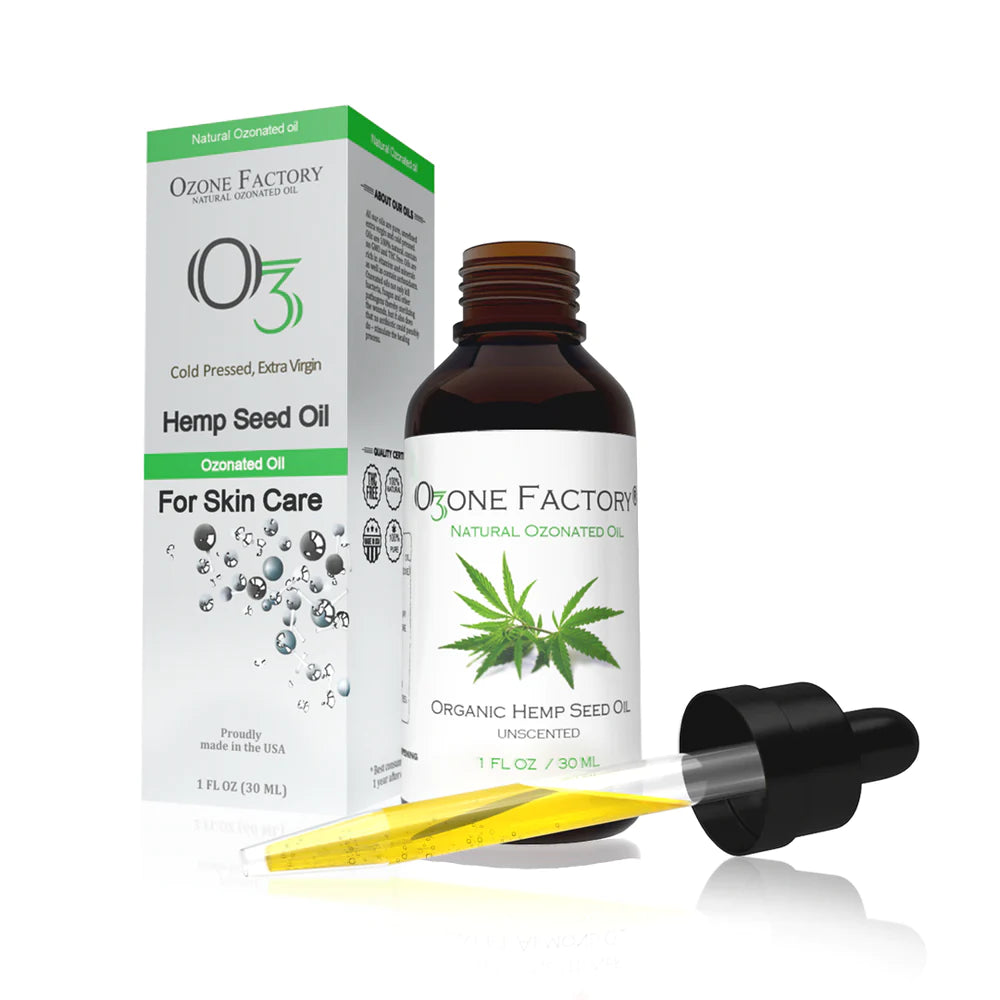
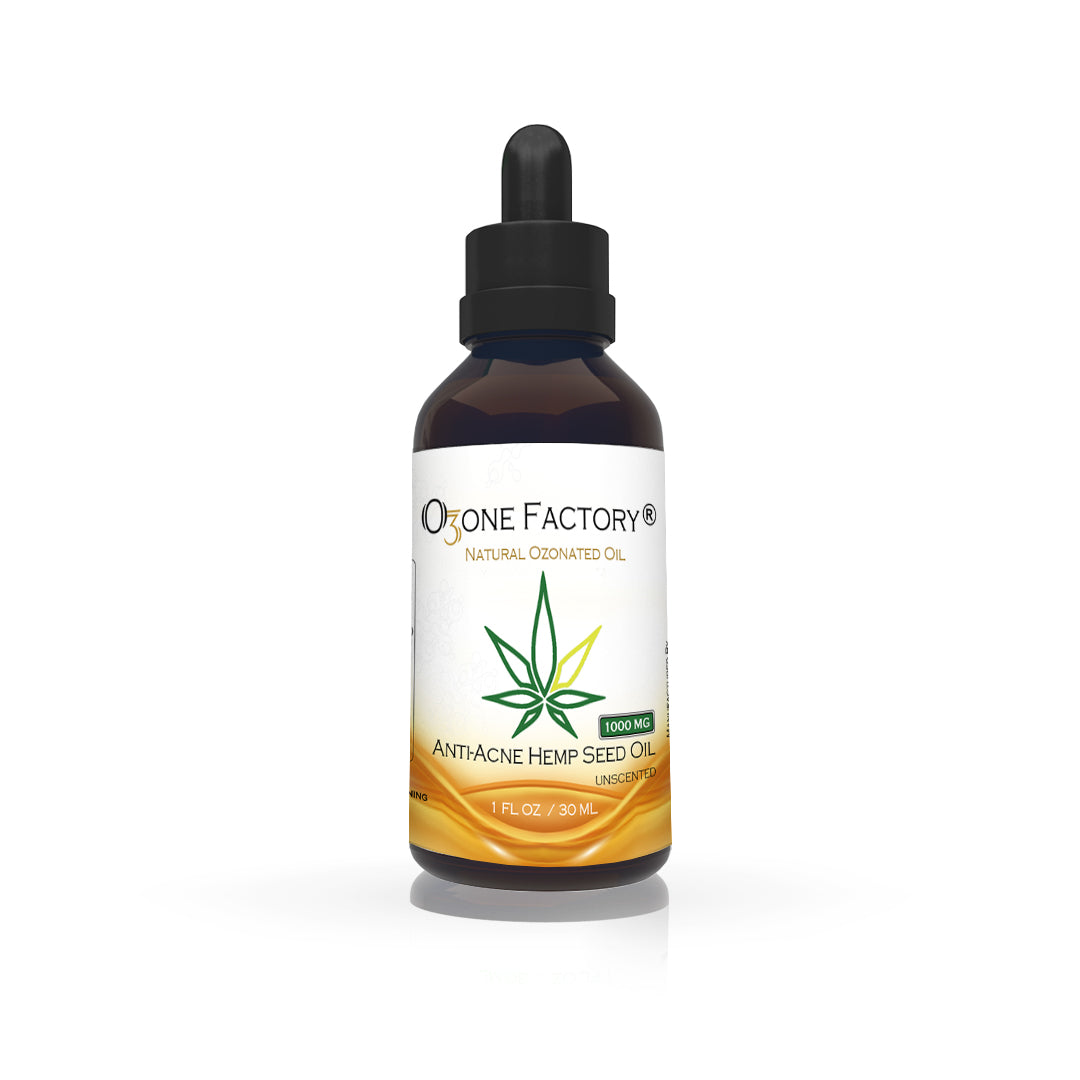
This is another testimony on how Chief Dr Lucky cured my HIV disease. Do you need a cure for your HIV disease? Do you want to be cured from your cancer disease? Or you want to be free from any type of disease. Kindly visit https://chiefdrluckyherbaltherapy.wordpress.com/ . He just cured my HIV disease and I’m very grateful to him, he is the only herbalist that can cure you.
WhatsApp number : +2348132777335
Via Email : chiefdrlucky@gmail.com
Thank you all for reading,
God bless"